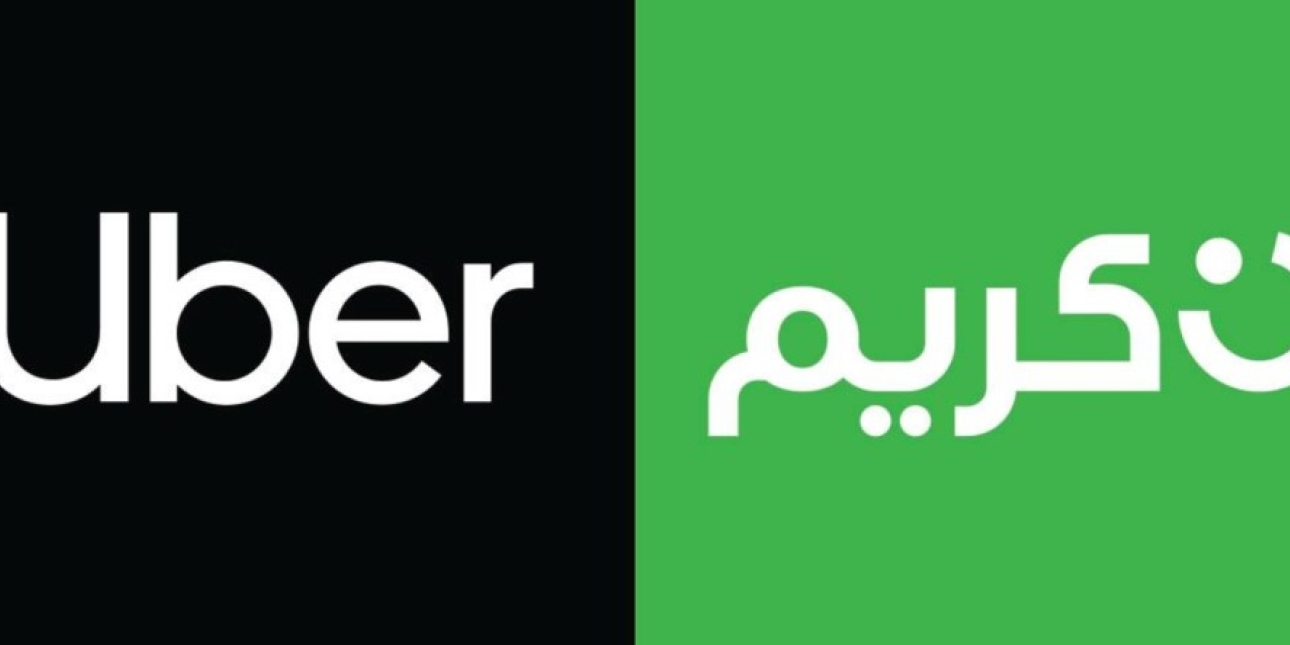PUBLIC RELATIONS
Saturday 13th April 2019
Careem and Uber – Lessons on how to do Acquisition Communications
We’re a couple of weeks in, and the whole swell of media attention has gradually faded out.
The mammoth US$3.1 billion deal by Uber to purchase Careem made headlines globally – it was the largest in the Middle East for a tech startup, and it focused the world’s media on a regional success story.
The deal also comes before an IPO that will catapult Uber into the big leagues of the multi-billion dollar tech firms who have gone public. It’s unsurprising that so much attention was paid to the deal between the two dominant ride-hailing apps in the Middle East.
For those of us in the region, what’s also unsurprising is the feeling that many have for both brands. Uber and Careem are Marmite brands, with Middle Eastern consumers either loving or hating them.
Some will swear by Careem, and refuse to take an Uber. Given the strength of brand loyalty, it was especially important that the two companies' communications functions and executive teams get the messaging right.
Lessons from Uber – Speed Matters, Keep It Simple and Engage Everyone
I’ve lost count of the number of times that a deal between Uber and Careem has been talked about. I’ve even joked with journalists who seem to get constantly misinformed by the comms teams at the firms.
There were leaks, but many of us took the latest piece about any deal with a pinch of salt. When news of the deal was broken on the 24th March by Bloomberg, it seemed different. There were specifics in terms of numbers, on how the Careem brand would disappear into the Uber operation, and on how all shareholders needed to be informed.
Two days later, the deal was confirmed.
Uber announced the deal.
The format was strange for many of us here, where social media dominates. Instead of a tweet, Uber sent out an email. The copy was short but succinct, with the option of clicking through to Uber’s website. The email can be seen in full below.

The email’s message was repeated throughout social media. Uber’s CEO
Dara Khosrowshahi has spent ample time here in Dubai, both giving media interviews to regional press as well as the global newswires, as well as meeting with government bodies to reinforce media interviews to reinforce the message, and government engagement as part of an engagement tour.
https://twitter.com/RTA_Dubai/status/1113740475784138752
On a side note, Uber’s CEO is a dream executive for communicators. He’s composed on camera, he sticks to the message, and he leans in, showing respect for those he’s engaging with. It’s a start contrast to how things used to be at Uber.
Lessons for Careem – The Messenger Matters
While Uber was straight out of the blocks with a coordinated message, Careem amplified that message through its own social media channels. However, the response was mainly negative, with many users fearing that Careem would become Uber. The Careem comms team understood this, and their messaging was focused on Careem remaining independent post merger.
Personal messaging matters to the public – they need to see and hear a person they know, rather than a brand. Given the importance to Careem customers of independence from Uber, I'm not surprised that an email from Careem’s CEO to employees ‘was leaked’ to the media last week, which re-emphasized that the company will operate as a stand-alone entity (nothing leaks, unless you’re Julian Assange or the White House).
The fact that Careem’s comms missed the mark on the independence message on the first day of the deal means that they’re going to have to repeat this message. The lesson here is get the message right the first time around.
What’s also fascinating is to see how Careem’s own users shared messaging the company put out in 2016, focusing directly on how it was better than Uber. The advertising wasn’t so subtle, as you can see from the video below which is still up on Careem’s Youtube site.
Consumers remember what a brand does, especially when it involves direct attacks on competitors. That’s why such activities are pretty rare.
Now that Careem is part of Uber, I’m a little surprised these ads are still up on Careem’s social media. Maybe it’s time the team remember that they shouldn’t only look ahead in their messaging, but they should also look behind to what was done previously to see if it doesn’t impact their current messaging.
That’s it from me. If you have any insights you’d like to share, please do get in touch!
